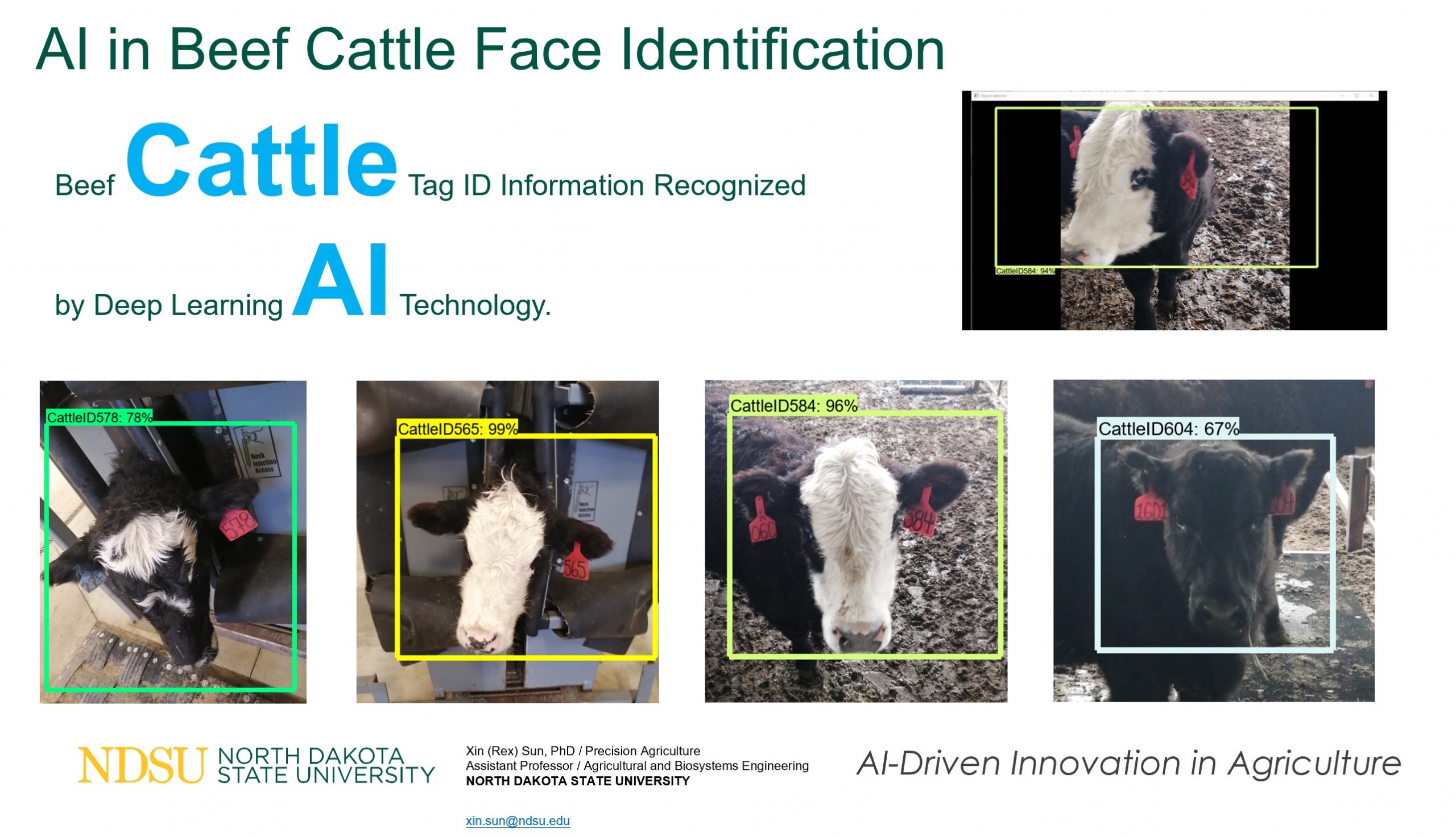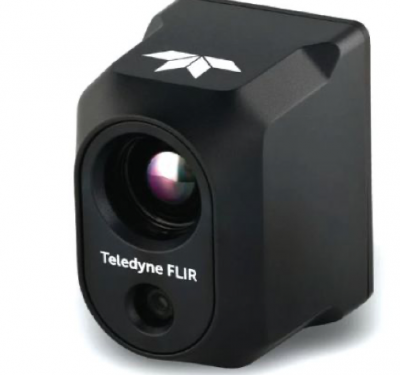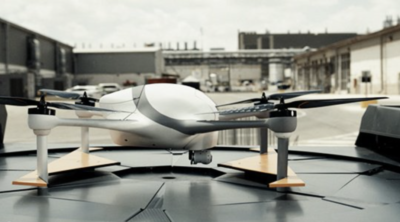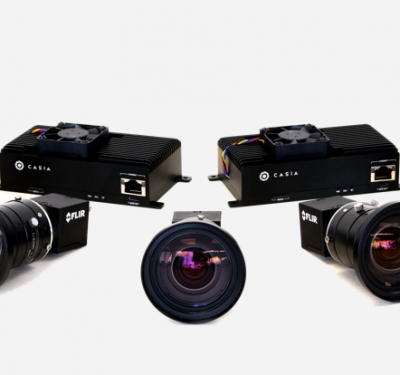
When thinking about precision agriculture, crop monitoring and management is what typically comes to mind. But livestock management is also an important part of the equation, and is an area artificial intelligence (AI) and unmanned aircraft systems (UAS) can benefit as well.
Along with projects focusing on weed management, researchers at North Dakota State University (NDSU) are among those looking into how ranchers can use advanced technologies to monitor livestock and improve production.
“Precision livestock production is huge in my opinion,” said Xin (Rex) Sun, assistant professor of agricultural and biosystems engineering. “And North Dakota is a big livestock state.”
Here’s a look at a few of the areas researchers are focusing on:
-The team is looking at how AI can detect early signs of respiratory disease in cattle. If they can find the disease earlier, ranchers can treat sick cattle sooner—making the treatment more effective and saving them money.
“They also can put less vaccine into the healthy livestock,” Sun said. “These cattle are going to turn into beef on our plates, and we don’t want too many chemicals in our food. So, if we only treat sick cattle and don’t have to treat healthy cattle, ranchers save money and we end up with fewer chemicals in our food.”
-NDSU researchers are using thermal sensors to elevate livestock behavior. Studies have shown a relationship between cattle behavior and beef quality, Sun said. So, when a cow’s temperament is bad, it lowers the quality of the beef. Using thermal sensors, researchers can determine temperament and score cattle based on that temperament. Cattle with scores indicating a bad temperament may be fed less and slaughtered earlier than those who exhibit a favorable temperament.
-Keeping an inventory of livestock is another way drones can be useful. The team has flown drones to take images of cattle in a pasture and then used processing software to identify how many cattle are in those images, Sun said.
If there are any cattle missing, ranchers can use thermal imaging to find them. For example, small cattle often hide in the grass during the summer months, Sun said. A thermal sensor can detect the heat given off by the cow and direct the rancher to the hiding spot.
“Cows are worth a couple thousand dollars apiece,” said John Nowatzki, ag machine systems specialist at NDSU. “So, if I have 100 today, I want to make sure I have 100 tomorrow and that none are sick or dead or have been stolen.”
-This summer, the team will use drones to monitor where cattle are grazing, Nowatzki said. An invasive species known as winter berry shrub grows in the pastures and can take over grass. They plan to burn the winter berry and then use drones to monitor how the plant increases or decrease in size each week and how much time the cattle spend grazing on it.
As part of this, researchers are using solar-powered GPS collars to monitor cattle locations, Nowatzki said.
“These tags can be read in real time from eight or nine miles away,” he said. “It’s like an internet connection. So, these tags and collars have radio transmitters and can transmit data on a regular basis.”
To read more about NDSU’s research and the most current trends in precision ag, read Precision Agriculture Trends: Slow But Sure in the February/March issue of Inside Unmanned Systems.






